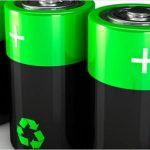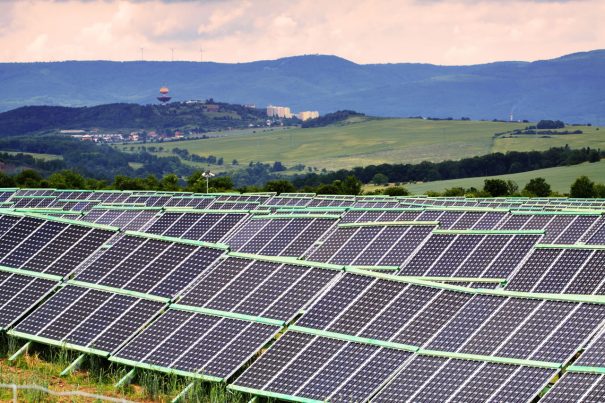
Scientists have improved the efficiency of converting solar energy into hydrogen with a metal-free photocatalyst
Thursday, March 22, 2018 by Lance D Johnson
http://www.futuresciencenews.com/2018-03-22-scientists-converting-solar-energy-into-hydrogen-with-a-metal-free-photocatalyst.html

Scientists from Tianjin University in China have discovered a more efficient way to convert solar energy into hydrogen, for more novel energy production in the absence of sunlight. The breakthrough discovery uses a metal-free photo-catalyst to convert solar energy into hydrogen. The discovery proves to be eleven times more efficient than previous energy generators that used polymeric carbon nitrides (PCN) under visible light irradiation.
When a photovoltaic panel converts sunlight to electricity, excess electricity can be produced during sunlight hours. If the electronic devices connected to this system do not use all the power, the excess energy can be used to power an electrolyzer. An electrolyzer splits water into hydrogen and oxygen atoms and stores them. The hydrogen is stored in a fuel cell to produce electricity when the sunlight is not available. (Related: Wastewater treatment plants may soon generate electricity for cities thanks to improved microbial fuel cells.)
Scientists enhance hydrogen conversion eleven-fold
The scientists from Tianjin University discovered that by increasing the surface area of polymeric carbon nitrides (PCN), the catalytic effect multiplies, increasing the catalytic efficiency eleven-fold. The photocatalytic activity of current PCN-based materials remains poor because they do not disperse well in water and their electron hole recombination happens too quickly. Past research has used expensive metals such as platinum to split water and generate hydrogen for energy storage. This method is not economical and has made solar powered energy expensive up front. With this new discovery, solar powered energy can become drastically more efficient and affordable using metal-free photocatalysts.
The secret lies in the synthesis and heat treatment of polymeric carbon nitrides. The Chinese chemists used a two-step heat treatment to separate the individual sheets of polymeric carbon nitrides. Tightly packed together, these sheets begin to separate into individual nanolayers with large pores. These pores contain differing amino groups with specific functionalities; the scientists analyzed the samples to determine how to make the production of hydrogen more efficient.
“We were able to determine which amino and oxygenated groups had been deposited in the pores,” said Ph.D.-student Jian Ren, who co-authored the study. “Solar-to-hydrogen conversion: Nanostructuring increases efficiency of metal-free photocatalysts by factor 11.”
The PCN samples, analyzed at BESSY II, revealed that specific amino groups are more efficient at pulling electrons to themselves. The scientists observed oxygen-based defects and isolated which groups were most favorable for splitting water and making hydrogen conversion efficient. The most efficient conversion was observed when nickel was used as a co-catalyst.
“This demonstrates that PCN is an interesting potential catalyst for solar-to-hydrogen production, approaching the efficiency of inorganic catalysts,” says lead researcher Dr. Tristan Petit. “Furthermore, this work also shows that soft X-ray spectroscopies are essential tools to unravel possible catalytically active sites on photocatalysts.”
Using the two step heating process, the surface area of the PCN nanosheets multiplies as they become atomically thin. This gives the structures stronger hydrophilicity and Lewis basicity to enhance the generation of photo-catalytic hydrogen. The process improves the charge separation and cultivates better surface reaction, allowing more visible light through to enhance the hydrogen evolution rate.
This is great news for the evolution of solar energy and the continuous production of electricity in the absence of sunlight. (For more on energy innovations, visit Power.News.)
Sources include:
Tagged Under: Tags: Chemistry, energy, energy innovation, future tech, green energy, green living, hydrogen conversion, nickel, photocatalysts, polymeric carbon nitrides, power, renewable energy, research, science, solar energy, solar power, sustainable energy





